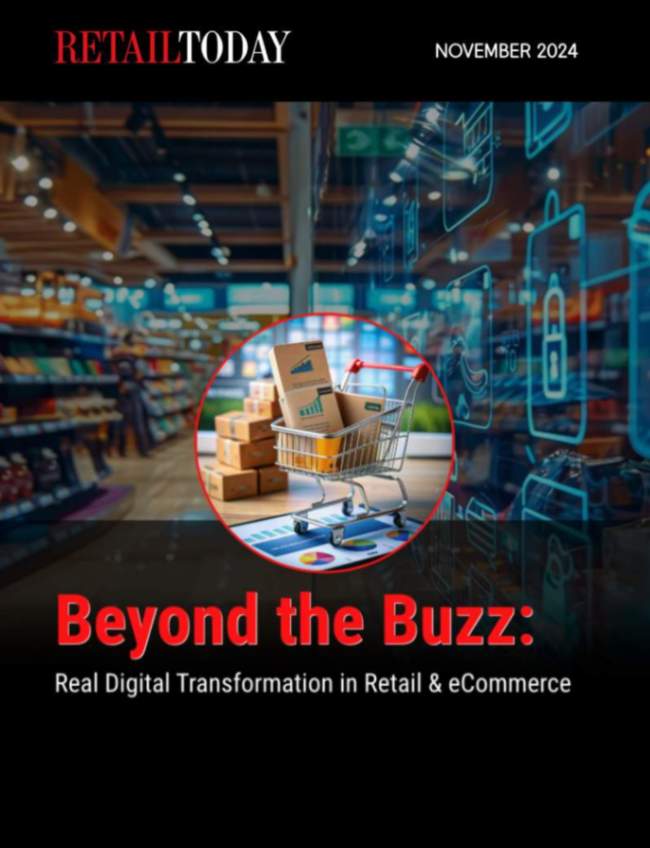Some 88% of shoppers expect brands to help them live more sustainably.[1] For ecommerce companies and online retailers, this means turning their attention to emissions generated during last-mile deliveries.
nShift, the global leader in parcel delivery management software has released a list of five strategies to help reduce emissions in the last leg of the online shopping cycle.
- Offer more sustainable delivery options – some 60% of consumers seek to be more eco-friendly when shopping online.[2] By offering and clearly badging a range of lower-emissions options at checkout, retailers can help reduce their overall carbon footprint and give consumers what they want. Lower-emissions choices could include more sustainable carriers or PUDO (pick up/drop off) options
- Drive consumers instore – not all customers want a home delivery. Many prefer to buy online and collect instore. Offering these options creates more convenience for the shopper. It can also drive down emissions
- Offset schemes and charitable giving – where emissions cannot be directly reduced, they can often be offset. By setting up different delivery options to trigger charitable donations – such as restoring natural habitats or removing rubbish from the sea – retailers and shoppers can make a tangible difference and showcase their values
- Make returns digital – running a user-friendly online returns process means there is no need to send a returns label to each customer. They can be printed only when needed, reducing the environmental impact of label creation
- Measure emissions – developing and measuring strategies to reduce carbon footprint requires real knowledge about current emissions levels. Retailers that measure their emissions across the supply chain can assess whether their reduction strategies are successful, and demonstrate their progress to regulators and stakeholders
Mattias Gredenhag, CTO at nShift, said: “Reducing their carbon footprint is a priority for today’s shoppers. Some 80% of consumers claim that they would change their purchasing preference based on social responsibility, inclusiveness, or environmental impact.[3] When retailers create tangible ways that make this easier for their customers, they are showing them that the company shares the priorities and values of shoppers.
“Online retailers and webshops are equally motivated by their own values to reduce emissions on last-mile deliveries wherever possible. There are practical steps that they can take to do this at each stage of the supply chain. Fundamental to ensuring their strategies are successful, is securing real data on the current emissions so that they can monitor and report on their progress.”






